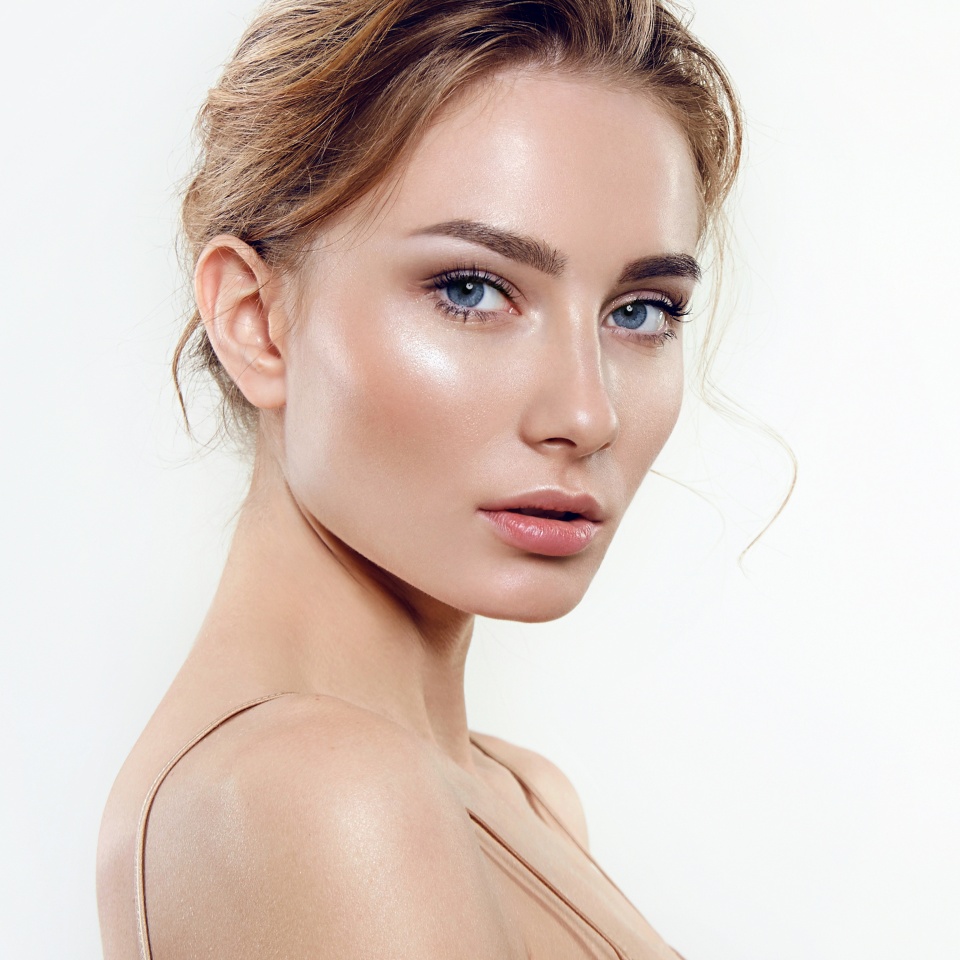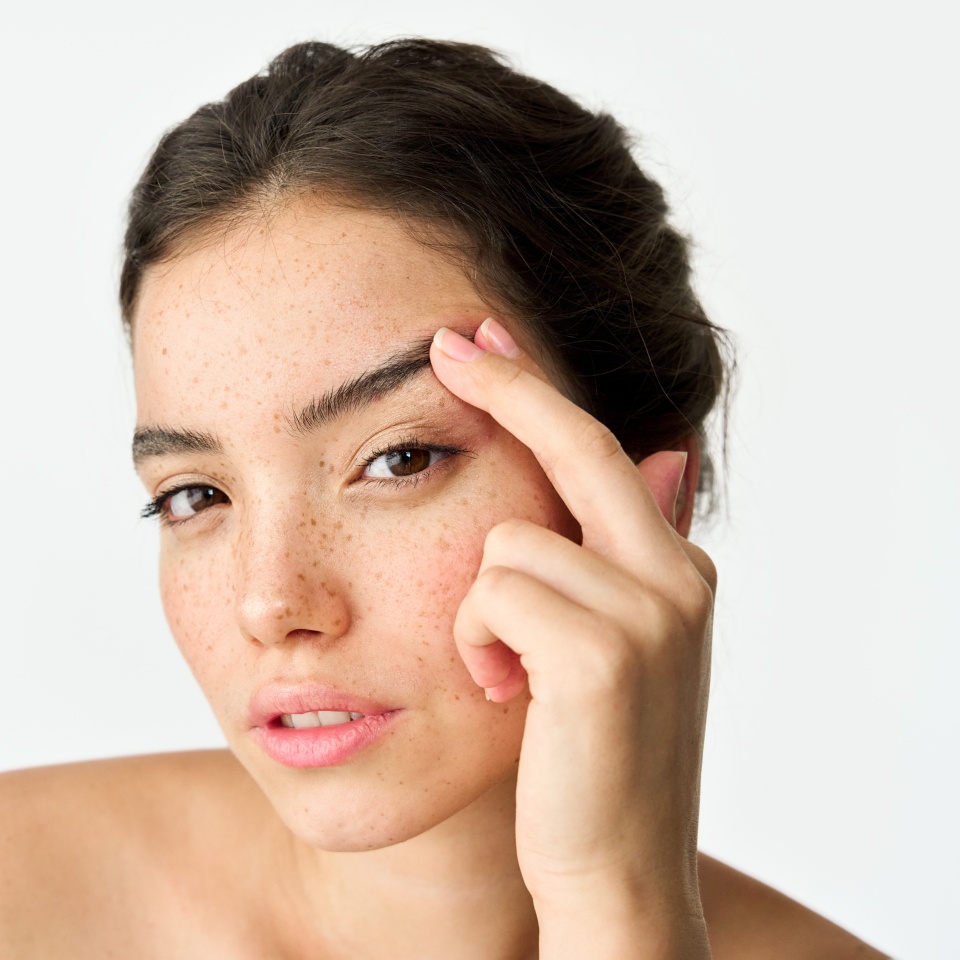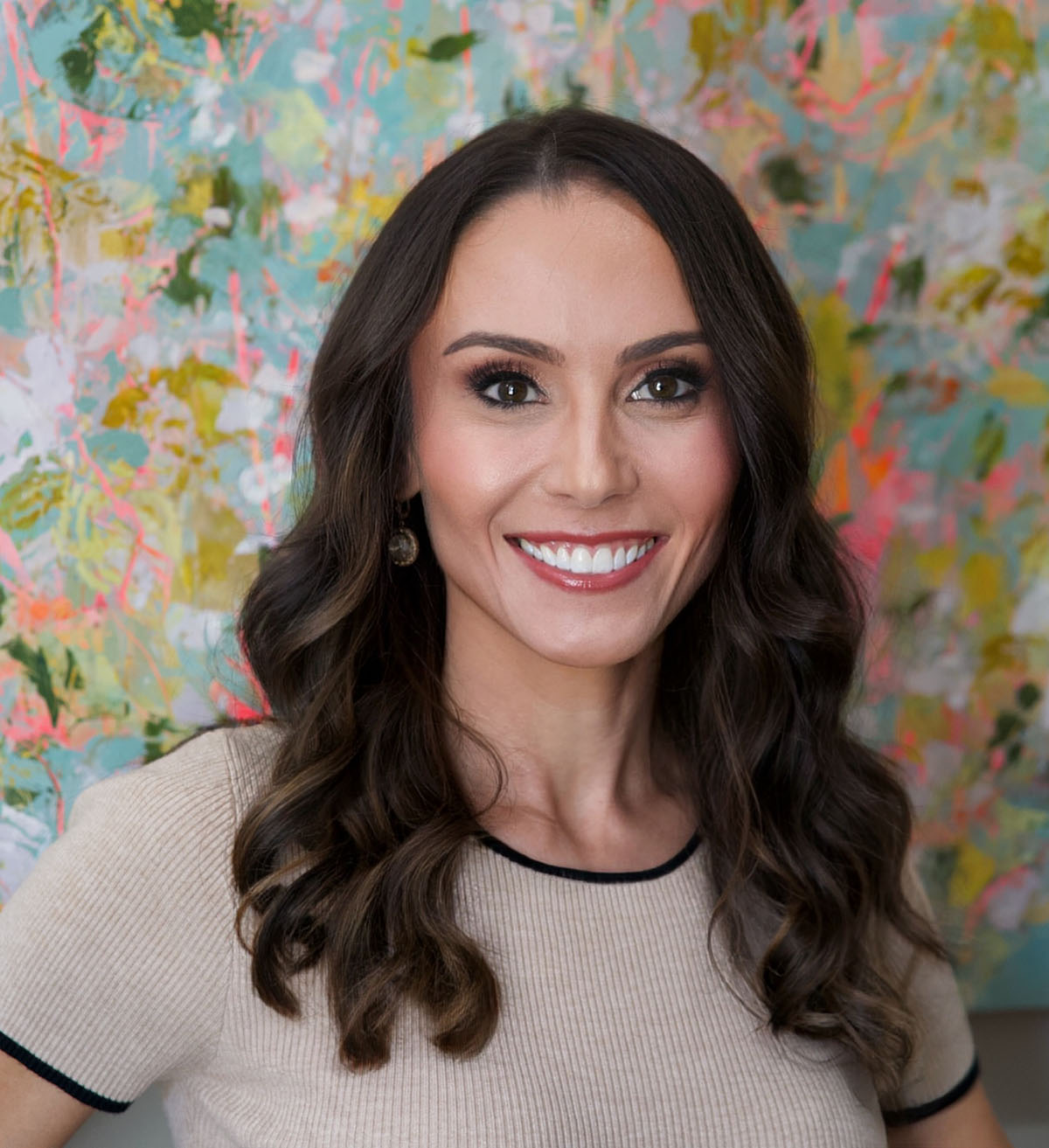Dark circles under the eyes represent one of the most common cosmetic concerns in dermatology, affecting individuals of all ages, races, and skin types. While not typically indicative of serious medical conditions, dark eye circle can significantly impact appearance and self-confidence, often making people appear tired, aged, or unwell. Dr. Kristine Zitelli provides comprehensive dark eye circles treatment for patients throughout Cincinnati and nearby Montgomery, utilizing advanced diagnostic techniques and multiple treatment modalities to address the various underlying causes.
One of the best dermatologists! After visiting numerous dermatologists over the years, I can confidently say she is the best in the field. From the moment I stepped into her office, I felt valued and heard. Dr. Zitelli took the time to genuinely listen and provide thoughtful insights and personalized care. Her approach is warm, professional, and incredibly reassuring, making each visit a breeze. I left feeling not only more informed but also confident about my skin health. If you’re looking for a dermatologist who truly cares and excels in patient interaction, look no further! Highly recommend her!
Understanding the Complexity of Dark Eye Circles
Dark circles under the eyes result from multiple anatomical and physiological factors that often coexist, making proper evaluation essential for effective treatment. The appearance can range from blue and purple to brown and black discoloration, depending on the underlying cause and individual skin characteristics.
The periorbital area presents unique challenges due to its complex anatomy, including extremely thin skin (the thinnest on the body), prominent underlying vasculature, minimal subcutaneous tissue, and proximity to facial bones and ligaments that influence shadowing effects. This delicate structure makes the area particularly susceptible to various factors that contribute to dark circle formation.
Primary Causes of Dark Eye Circles
Dr. Zitelli’s comprehensive approach addresses the multiple etiologies that contribute to periorbital darkness:
Constitutional and Genetic Factors
Hereditary Predisposition
Genetic factors account for approximately 63% of cases, with family history playing a significant role in dark circle development and severity
Skin Transparency
Inherited thin eyelid skin allows underlying structures to show through more prominently, creating darker appearance
Anatomical Variations
Natural tear trough depressions and orbital bone structure that create shadows and enhance the appearance of darkness
Ethnic Predisposition
Higher prevalence in individuals with increased melanin production, particularly those of African American, Hispanic, Asian, and Middle Eastern descent
Vascular and Circulatory Issues
- Poor lymphatic drainage leading to fluid accumulation and puffiness
- Prominent superficial blood vessels visible through thin eyelid skin
- Nasal congestion from allergies or sinus issues causing venous engorgement
- Hemosiderin deposition from chronic venous stasis or minor capillary bleeding
Pigmentary Disorders
- Post-inflammatory Hyperpigmentation: Following atopic dermatitis, contact dermatitis, or chronic eye rubbing, creating darker pigmentation
- Solar Damage: Chronic sun exposure leading to photodamage and hyperpigmentation in the periorbital region
- Melasma Extension: Hormonal pigmentation that may extend to include the under-eye area in susceptible individuals
- Constitutional Hyperpigmentation: Primary increased melanin production in the periorbital area without underlying inflammation
Lifestyle and Environmental Contributors
Understanding modifiable factors helps patients optimize their treatment outcomes:
- Sleep Deprivation: Inadequate sleep (less than 7-8 hours nightly) contributes to pale looking skin that reveals underlying blood vessels
- Dehydration: Insufficient water intake leading to skin dullness and more prominent appearance of underlying structures
- Allergic Conditions: Atopic dermatitis, allergic rhinitis, and contact allergies present in many patients, causing chronic inflammation from rubbing
- Eye Rubbing Habits: Frequent eye rubbing leads to mechanical trauma and post-inflammatory changes
- Stress Factors: Chronic stress affecting patients, contributing to poor sleep, hormonal changes, and inflammatory processes


Dr. Zitelli’s Comprehensive Diagnostic Approach
Accurate diagnosis of the specific contributing factors is essential for developing effective treatment plans. Dr. Zitelli’s systematic evaluation ensures optimal treatment selection.
“Dark circles are rarely caused by one thing, most patients have several contributing factors that require custom treatment approaches. Understanding the specific causes in each patient allows us to create the most effective treatment plan,” explains Dr. Zitelli.
Clinical Assessment Methods
Dr. Zitelli performs detailed evaluation including assessment of skin thickness and transparency, evaluation of tear trough depth and orbital anatomy, identification of visible vasculature and pigmentation patterns, assessment of skin texture and signs of photodamage, and evaluation for underlying allergic or inflammatory conditions.
Comprehensive Treatment Options
Dr. Zitelli offers multiple treatment modalities that can be used individually or in combination for optimal results:
Topical Therapies
- Prescription Retinoids: Tretinoin and other retinoids to thicken eyelid skin and reduce transparency, making underlying darkness less visible
- Depigmenting Agents: Hydroquinone, kojic acid, azelaic acid, and vitamin C formulations to address hyperpigmentation components
- Anti-inflammatory Treatments: Topical corticosteroids and calcineurin inhibitors for inflammatory components
- Hydrating and Barrier Repair: Hyaluronic acid, ceramides, and peptides to improve skin texture and hydration
Advanced Laser and Light Treatments
- Specialized lasers for targeted pigmentation improvement
- Intense pulsed light (IPL) for vascular components and mild pigmentation
- Fractional laser resurfacing for skin texture improvement and collagen stimulation
- Low-level laser therapy for inflammatory reduction and tissue regeneration
Injectable Treatments
Hyaluronic Acid Fillers: Strategic placement to correct tear trough depressions and restore volume, reducing shadowing effects that contribute to dark appearance
Platelet-Rich Plasma (PRP): Growth factor therapy to improve skin quality, reduce fine lines, and address secondary pigmentation issues
Neurotoxin Injections: Addresses dynamic wrinkles that often contribute to shadowing
Combination Treatment Protocols
Most patients achieve optimal results with combination approaches tailored to their specific contributing factors:
Pigmentation-Dominant Cases
Combination of topical depigmenting agents, chemical peels, and targeted laser treatments for comprehensive pigmentation management with gradual improvement over 3-6 months.
Vascular-Dominant Cases
IPL treatments combined with topical anti-inflammatory agents and lifestyle modifications to address underlying circulatory issues and prominent vasculature.
Volume Loss and Shadowing
Strategic filler placement combined with skin quality improvement treatments to address structural components while enhancing overall skin appearance.
Lifestyle Optimization and Prevention
Dr. Zitelli emphasizes the importance of addressing modifiable factors to enhance treatment outcomes and prevent recurrence:
- Comprehensive sun protection with broad-spectrum SPF 30+ daily application
- Adequate hydration and sleep hygiene optimization
- Gentle skincare routines avoiding harsh rubbing or pulling
- Management of underlying allergic conditions
- Stress reduction techniques and healthy lifestyle habits

Frequently Asked Questions About Dark Eye Circles Treatment
Results vary by treatment type and underlying causes. Topical treatments may show initial improvement in 4-6 weeks with continued enhancement over 3-6 months. Injectable treatments provide immediate volume correction with continued improvement as skin quality enhances.
While treatments can provide long-lasting improvement, dark circles may gradually return due to aging, sun exposure, or lifestyle factors. Maintenance treatments are typically needed every 6-18 months depending on the approach used.
Significant improvement is achievable in most cases, but complete elimination may not be realistic for everyone, particularly with constitutional or genetic causes. Setting realistic expectations is important for patient satisfaction.
Pigmentation requires targeted therapies like lasers and depigmenting agents, while volume loss responds better to fillers and tissue regeneration treatments. Most patients have components of both requiring combination approaches.

Expert Dark Eye Circles Treatment in Cincinnati
Dr. Kristine Zitelli’s comprehensive approach to dark eye circles treatment combines advanced diagnostic techniques with multiple treatment modalities to address the complex factors contributing to periorbital hyperpigmentation. Her expertise in aesthetic dermatology ensures that patients throughout Cincinnati and nearby Montgomery receive individualized treatment plans that address their specific concerns while maintaining the highest safety standards.
Through careful evaluation, strategic treatment planning, and ongoing monitoring, Dr. Zitelli helps patients achieve significant improvement in their under-eye appearance, restoring a more youthful, refreshed look.
Transform Your Under-Eye Appearance Today
Don’t let dark eye circles continue to affect your confidence and appearance. Contact Queen City Dermatology today to schedule your comprehensive consultation with Dr. Zitelli and discover the most effective treatment approach for your specific dark circle concerns.